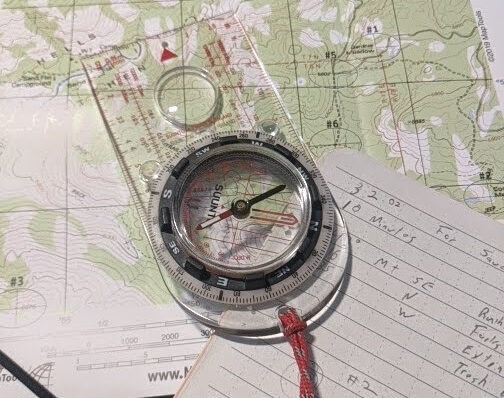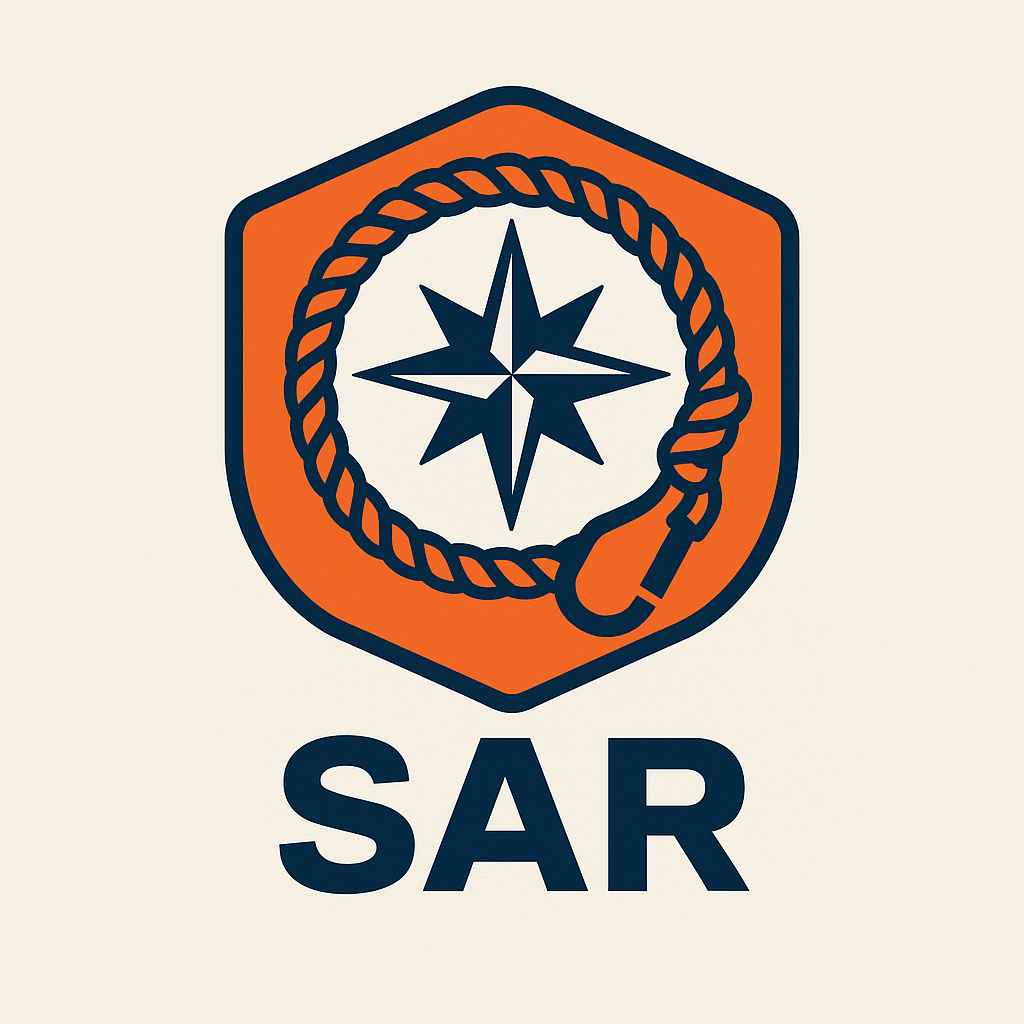A Midnight Call
Why Search and Rescue Fitness matters Imagine this: your phone buzzes at 2 a.m. A hiker is lost in the backcountry, and your team is being deployed. You throw on your gear, grab your pack—nearly 50 pounds of ropes, medical supplies, food, and layers—and step into the cold night. Ahead lies a steep trail, snow patches, and miles of rocky terrain.
In Mountain Search and Rescue (SAR), this isn’t a rare story. It’s reality. And whether you’re new to SAR or a seasoned rescuer, one truth is constant: fitness is the foundation of readiness.
When the call comes, you won’t have time to “get in shape.” You’ll need to already be there.
Search and Rescue Fitness Is More Than Just Strength
Fitness in SAR isn’t about six-pack abs or gym records—it’s about function.
- Carrying Heavy Loads: Packs often weigh between 40–50 lbs. Add a stretcher or extra equipment, and the weight can double. Your 24 Hour Pack with some extra weight is a great place to start.
- Unforgiving Terrain: Rescuers scramble over boulders, trudge through snow, or climb scree slopes.
- Endurance at Altitude: Missions often mean working above 7,000 feet where every breath is harder.
- Team Dependence: Your fitness isn’t just for you—it impacts your team’s safety and the person you’re rescuing.
Your strength, stamina, and durability could literally make the difference in someone’s survival.
Building the Search and Rescue Fitness Foundation
1. Cardio for the Long Haul
SAR is an endurance sport. A mission may last a few hours—or an entire day.
- Train with trail runs, cycling, or rowing.
- Prioritize hikes with elevation gain—step-ups and stair climbs mimic steep mountain approaches.
- Goal: Be confident hiking 5–10 miles at altitude with a pack.
2. Strength With a Purpose
You don’t need to bench 300 lbs. What you need is strong legs, a resilient back, and a solid core.
- Squats, lunges, and deadlifts build the base.
- Functional moves—kettlebell carries, sandbag lifts, sled drags—mirror SAR demands.
- Don’t neglect upper body: you’ll need it for hauling gear, climbing, and rope work.
3. Pack Training: No Substitutes
A loaded pack changes everything. Training without one is like practicing swimming on dry land.
- Start with 20 lbs, then gradually move toward 50 lbs.
- Practice on dirt trails, steep climbs, and uneven ground.
- Descents matter too—many injuries happen going downhill.
4. Mobility & Injury Prevention
SAR isn’t just heavy lifting—it’s crawling, twisting, crouching, and stretching awkwardly to reach a subject.
- Add mobility drills, yoga, or dynamic stretching.
- Strengthen stabilizers: ankles, hips, and shoulders are common weak links.
- Think “bulletproofing” your body, not just building muscle.
5. Training for the Environment
Rescue missions don’t wait for perfect weather.
- If you can, train at altitude. If not, simulate with interval training and hill climbs.
- Practice in the heat, cold, rain, and snow—gear feels different in every condition.
- Learn how your body responds when the environment is stacked against you.
A Weekly Fitness Template for SAR Volunteers
Here’s a practical sample week you can adapt:
- Day 1: Full-body strength (squats, deadlifts, carries, pull-ups, push-ups)
- Day 2: Cardio endurance (60–90 min hike or trail run)
- Day 3: Pack carry (30–40 lb pack, 2–4 miles) + mobility drills
- Day 4: Functional strength (kettlebells, sandbags, stair climbs with weight)
- Day 5: Interval cardio (hills, sprints, or stair climbs, 30–45 min)
- Day 6: Long pack hike (40–50 lbs, 5–8 miles, elevation if possible)
- Day 7: Rest or active recovery (stretching, yoga, light walking)
This balance hits endurance, strength, mobility, and load-bearing—the pillars of SAR fitness.
Nutrition & Recovery: The Silent Allies
Training hard is half the battle. Recovery and fuel are the other half.
- Fuel well: Lean proteins, complex carbs, and hydration keep energy levels steady.
- Recover smart: Prioritize sleep, stretching, and active recovery days.
- Supplements (optional): Electrolytes, protein powder, and joint support can help, but never replace good food and rest.
Closing Thoughts: Fitness as a Form of Service
When you step onto a SAR mission, you’re not just hiking—you’re carrying hope. You may be the difference between life and death for someone’s loved one. That weight deserves respect.
So train with intention. Every rep, every mile, every climb is a down payment on readiness. The mountains won’t make it easy, and neither will the mission. But with the right fitness foundation, you’ll be ready when the call comes.


